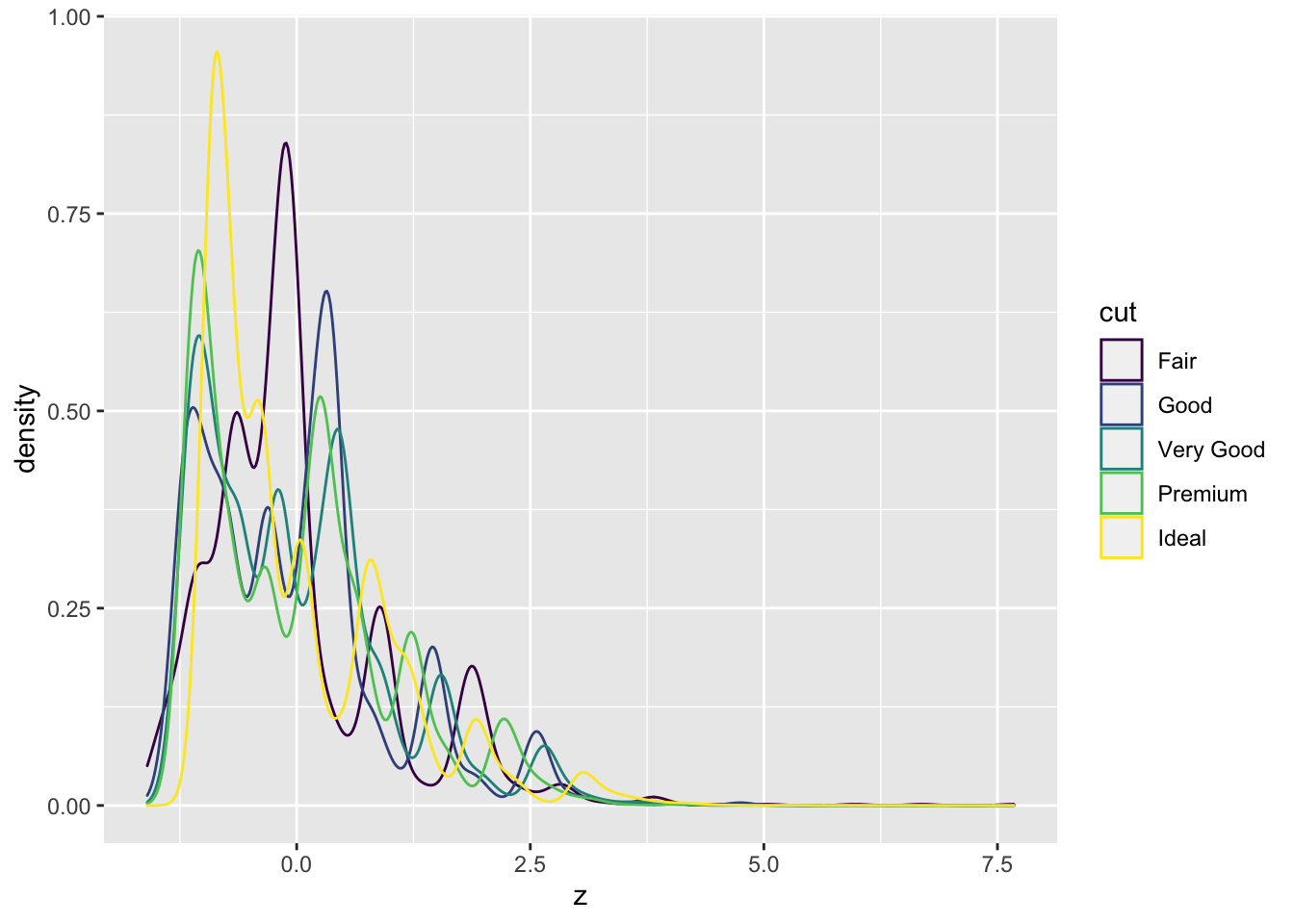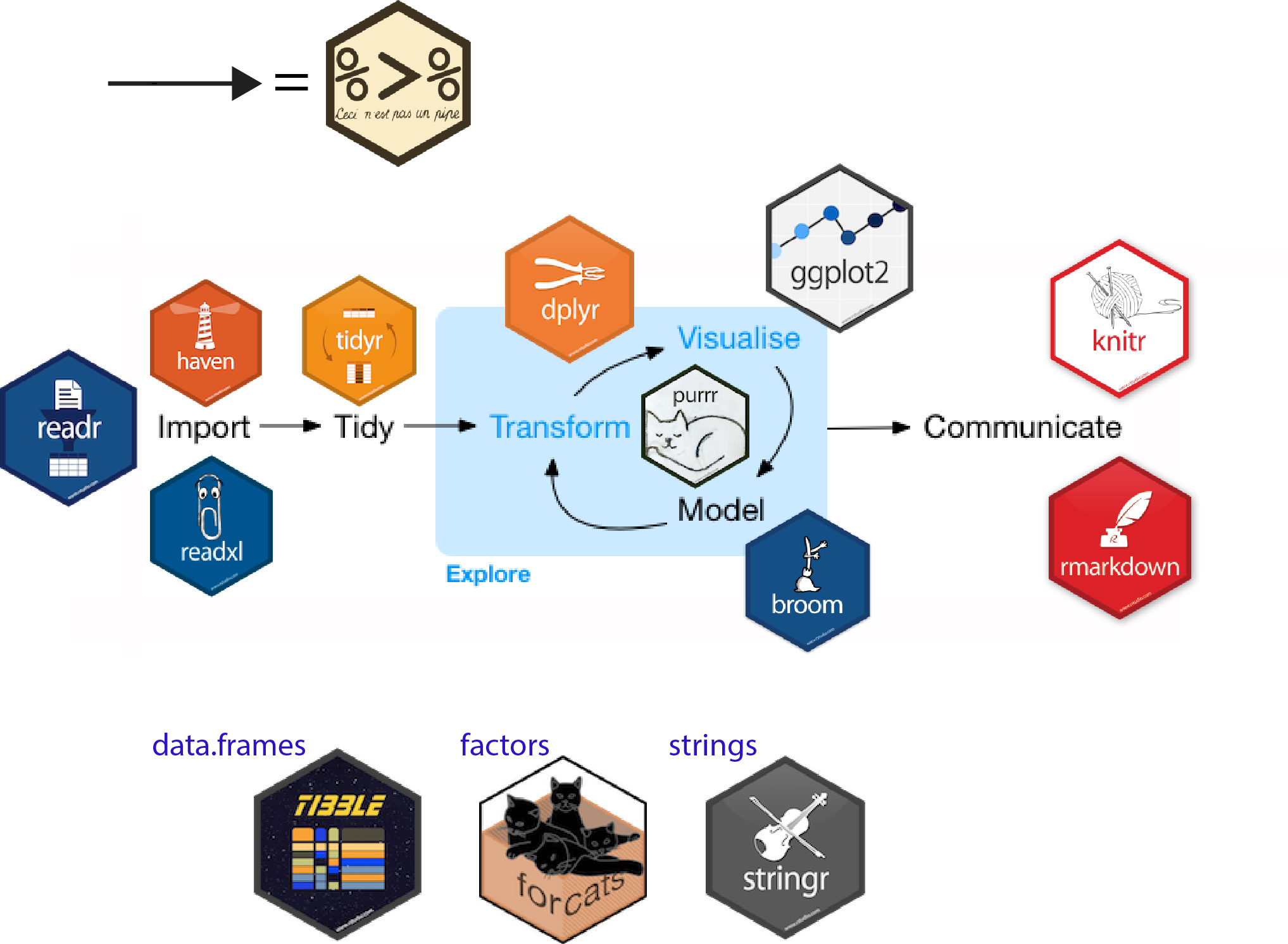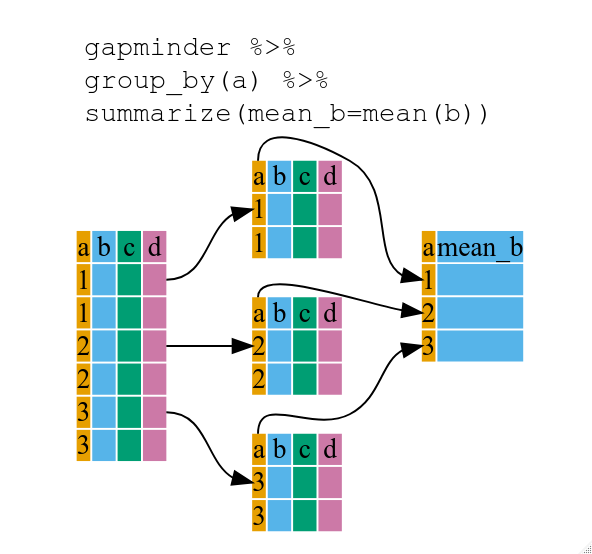

Here I have converted carb into a factor variable. Mean returns NA, median only works with numeric data, and summary gives me separate rows with counts of each factor level instead of the most common level.Įdit: example using subset of mtcars dataset: mpg cyl disp hp drat wt qsec vs am gear carb There are two basic forms found in dplyr: arrange(), count(), filter(), groupby(), mutate(), and summarise() use data masking so that you can use data variables as if they were variables in the. Tidy evaluation is a special type of non-standard evaluation used throughout the tidyverse. It’s now much simpler to solve a number of problems where we previously recommended learning about map(), map2(), pmap() and friends. Is there a summary function I can use for this? Most dplyr verbs use tidy evaluation in some way. This makes a row-wise mutate() or summarise() a general vectorisation tool, in the same way as the apply family in base R or the map family in purrr do. I'd like to summarize it using a summary function that returns the most common value of that factor within each group. mutateeach () and summariseeach () are deprecated in favour of the new across () function that works within summarise () and mutate (). I have a categorical / factor variable that I'd like to retain in a group_by/ summarize workflow.

There are three common use cases that we discuss in this vignette.

For the example above, this means sum would be applied to all 4 columns, as would median, mean, and sd, resulting in 16 columns. To try to resolve the issue, I have conducted multiple internet searches. When dplyr 's summarize function is provided a list of variables and functions, it will apply every function to every column, squaring the total number of output columns. The count works but rather than provide the mean and sd for each group, I receive the overall mean and sd next to each group.

In this vignette, you’ll learn dplyr’s approach centred around the row-wise data frame created by rowwise (). I am trying to use dplyr to groupby var2 (A, B, and C) then count, and summarize the var1 by mean and sd. My summarise section calculates correctly.R noob here, working in tidyverse / RStudio. dplyr, and R in general, are particularly well suited to performing operations over columns, and performing operations over rows is much harder. My primary question is how I would get the smbsummar圓 data frame to show values of small = 2, 3, or 4 when they do not exist in the source data. After the summarize I would expect either the data to be ungrouped (my preference) or grouped by cyl and gear, instead it is reported as being grouped by cyl alone.
Dplyr summarize issues with list zip#
Sorry for the zip file, github won't let me upload the file directly. Here's the data (from the General Social Survey). Below is the sample data and my attempt at this. I'm working with a ame and dplyr returns NA for all summaries for this variable. We will create these tables using the groupby and summarize functions from the dplyr package (part of the Tidyverse). We are extracting the whole column with instead we can just use the unquoted column name to get only the values of the frequency with in each Category.


 0 kommentar(er)
0 kommentar(er)
